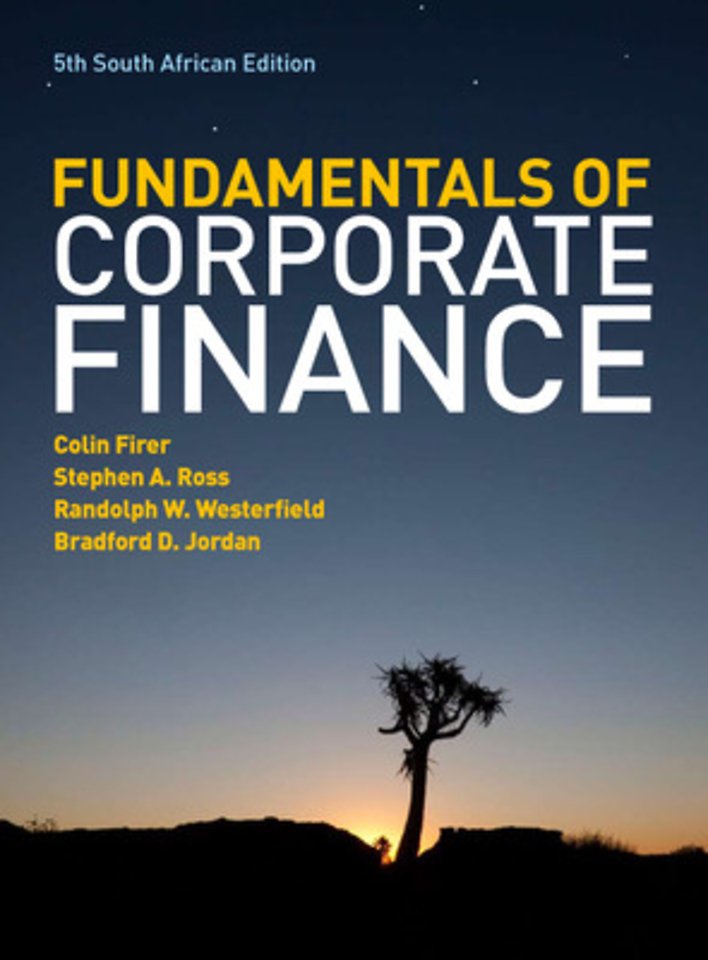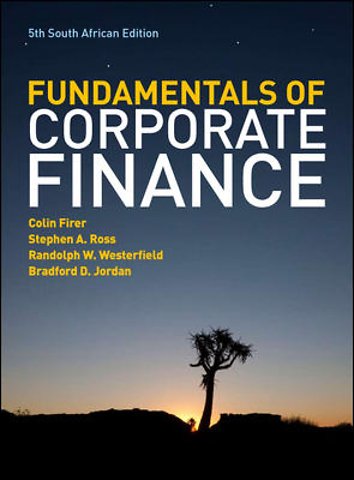Part 1: Overview of Corporate Finance</br>Chapter 1: Introduction to Corporate Finance</br>Chapter 2: Financial Statements, Taxes and Cash Flow</br></p>Part 2: Financial Statements and Long-Term Financial Planning</br>Chapter 3: Working with Financial Statements</br>Chapter 4: Long-Term Financial Planning and Growth</br></p>Part 3: Valuation of Future Cash Flows</br>Chapter 5: Introduction to Valuation: The Time Value of Money</br>Chapter 6: Discounted Cash Flow Valuation</br>Chapter 7: Interest Rates and Bond Valuation</br>Chapter 8: Share Valuation</br></p>Part 4: Capital Budgeting</br>Chapter 9: Net Present Value and Other Investment Criteria</br>Chapter 10: Making Capital Investment Decisions</br>Chapter 11: Project Analysis and Evaluation</br></p>Part 5: Risk and Return</br>Chapter 12: Some Lessons From Capital Market History</br>Chapter 13: Return, Risk and the Security Market Line</br></p>Part 6: Cost of Capital and Long-Term Financial Policy</br>Chapter 14: Cost of Capital</br>Chapter 15: Raising Capital</br>Chapter 16: Financial Leverage and Capital Structure Policy</br>Chapter 17: Dividends and Dividend Policy</br></p>Part 7: Short-Term Financial Planning and Management</br>Chapter 18: Short-Term Finance and Planning</br>Chapter 19: Current Asset Management</br></p>Part 8: Topics in Corporate Finance</br>Chapter 20: International Corporate Finance</br>Chapter 21: Behavioural Finance: Implications for Financial Management</br>Chapter 22: Risk Management: An Introduction to Financial Engineering</br>Chapter 23: Options and Corporate Finance</br>Chapter 24: Mergers and Acquisitions</br>Chapter 25: Leasing</br>







